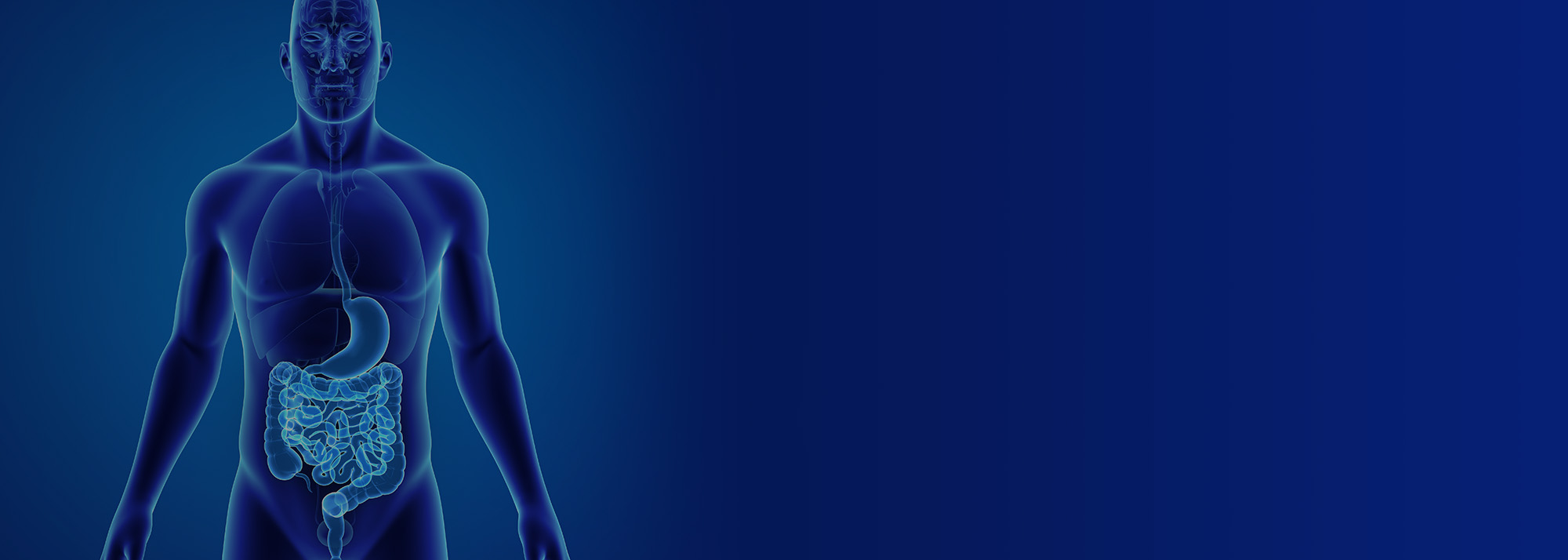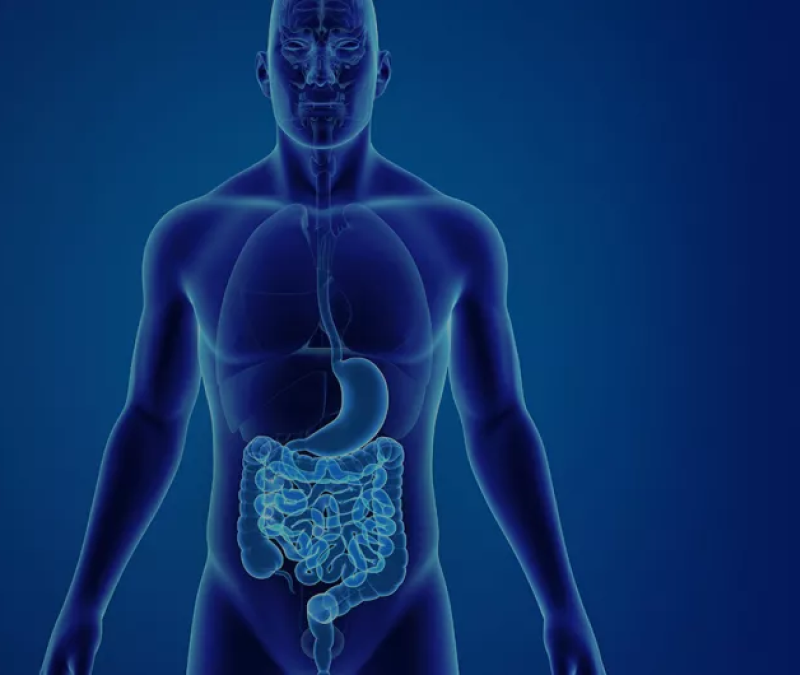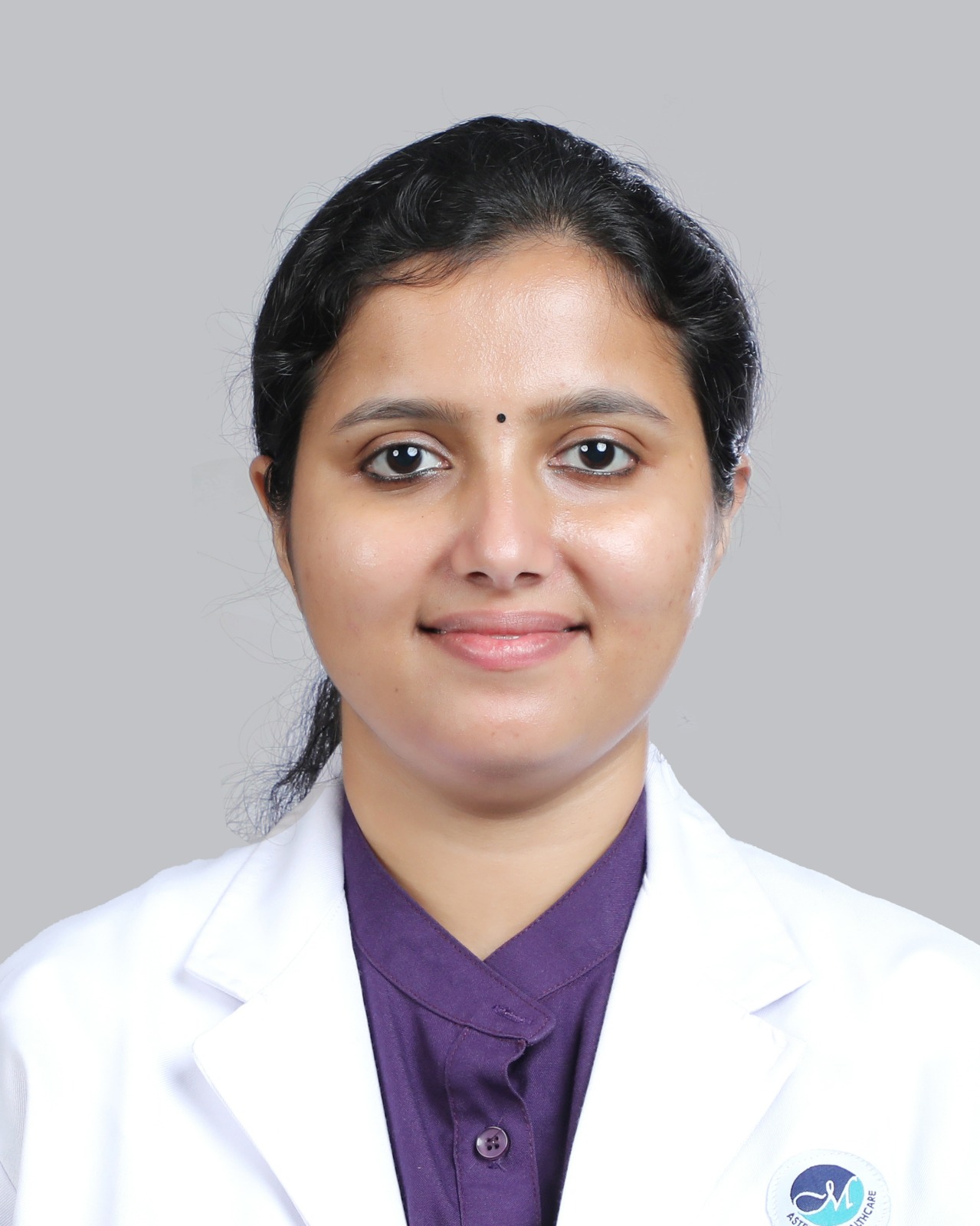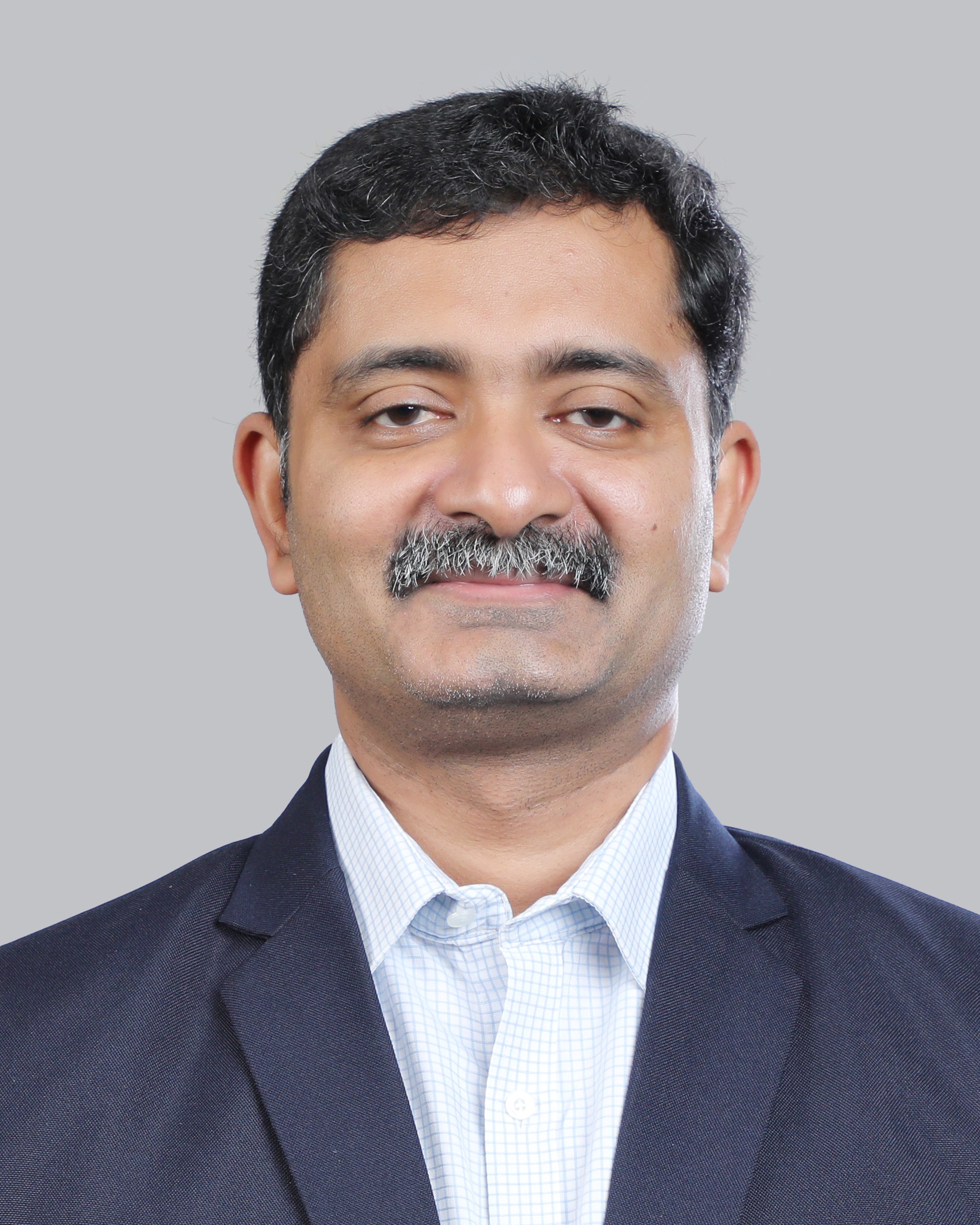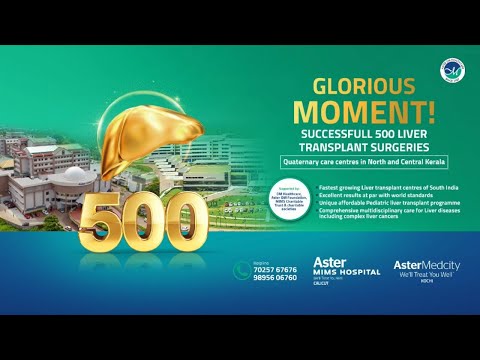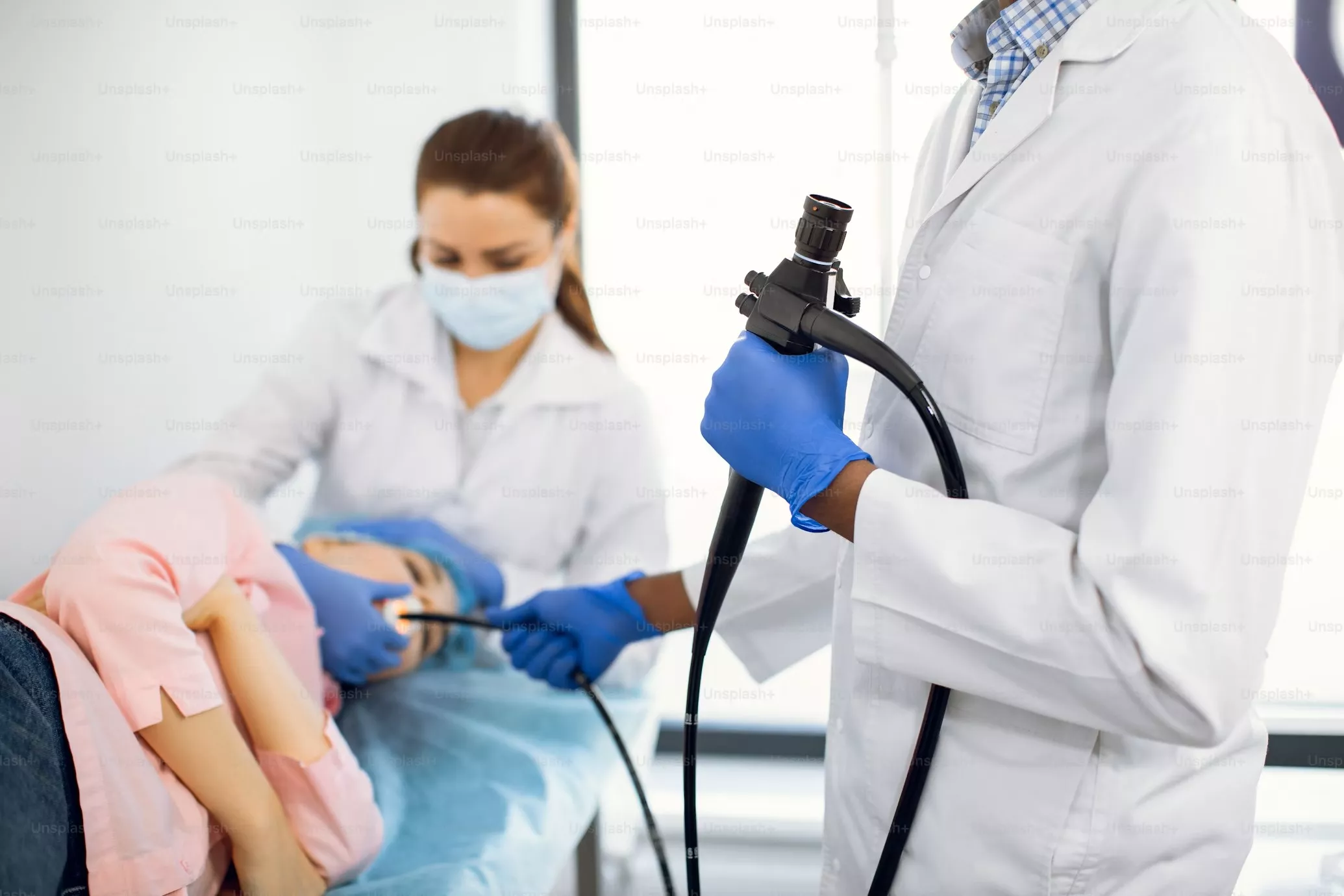Aster MIMS Institute of Gastro Intestinal Sciences is the comprehensive centre for management of Gastrointestinal and liver disorders. The division works for proper understanding, prevention, diagnosis and treatment of diseases of digestive tract and liver through the integration of novel models of healthcare delivery with innovative programs in clinical and basic research
This encompasses diagnostic and therapeutic endoscopic ultrasound, Double Balloon Enteroscopy, oesophageal and ano rectal manometry, Third space endoscopy and Wireless Capsule Endoscopy apart from routine upper and lower GI endoscopic procedures. The Institute becomes complete with the establishment of Hepatology Clinic and Liver Transplantation program.
The unit is a well renowned referral centre for advanced liver diseases and transplant hepatology. The centre is equipped with the best endoscopic suite offering complete endoscopic services including diagnostic and therapeutic endoscopic ultrasound (EUS) and ERCP. The Pediatric GI and Hepatology services cover the whole spectrum of diagnostic and therapeutic liver care services.
Our Doctors
We have some of the best specialists from around the world, they bring years of experience and offer evidence-based treatment to ensure the best care for you.
Advanced Technology & Facilities
Well equipped with the latest medical equipment, modern technology & infrastructure, Aster Hospital is one of the best hospitals in India.
Upper GI and Lower GI Endoscopy (Diagnostic & Therapeutic) ERCP Capsule Endoscopy Double Balloon Enteroscopy Endoscopic Ultrasound- Diagnostic & Therapeutic Oesophageal and Anorectal Manometry 24 hr GI Bleed Care Liver Clinic- for patients with Liver & Gall Bladder diseases IBD Clinic- Special care for ulcerative colitis &Crohn’s diseases
Some of the best technologies in the hospital includes: Kerala’s third Da Vinci surgery robot Highly advanced infection control HEPA filters to remove air borne particles Highly advanced diagnostic equipment to detect and diagnose various liver conditions.
FAQs
Want to find out more about the treatment? The answer to your questions can be found below.
What are the most common types of conditions that gastroenterologists treat?
Gastroenterologists at Aster MIMS Kannur commonly address prevalent conditions such as acid reflux, irritable bowel syndrome (IBS), inflammatory bowel disease (IBD), ulcers, liver disorders, gallbladder issues, pancreatitis, and gastrointestinal cancers. With expertise and precision, they offer effective care for a broad spectrum of digestive system conditions tailored to individual needs.
Patient Stories
Our patients are our best advocates, hear the inspiring stories of their treatment journey
Blogs
The source of trustworthy health and medical information. Through this section, we provide research-based health information, and all that is happening in Aster Hospital.
